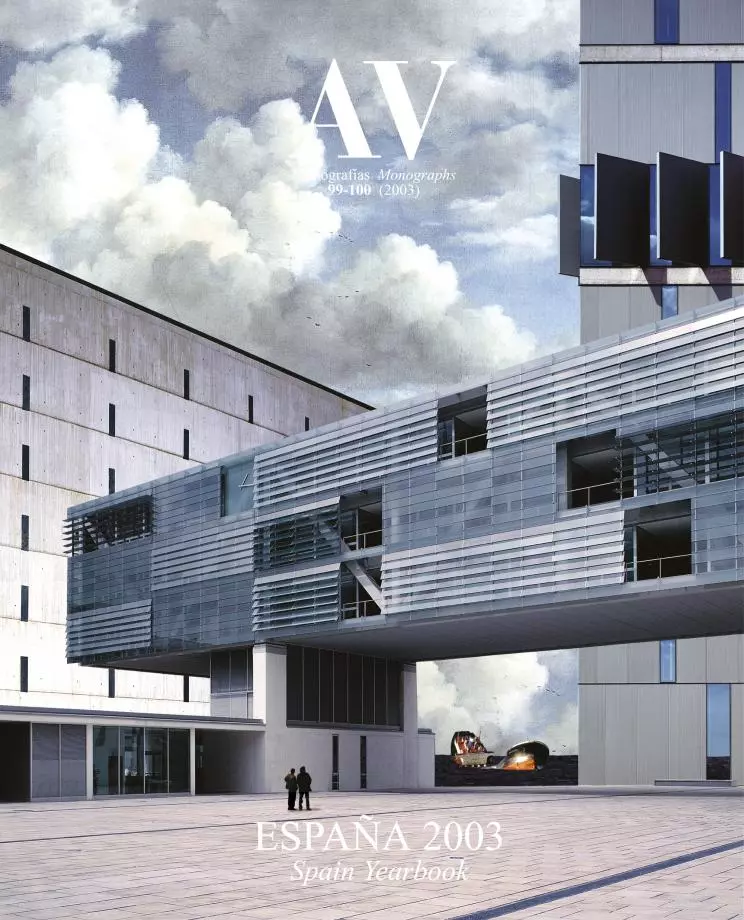Diary of the Deceased
The month is appropriate to pay posthumous tribute to the architects who have passed away in a year that has also bid farewell to figures like Chillida.
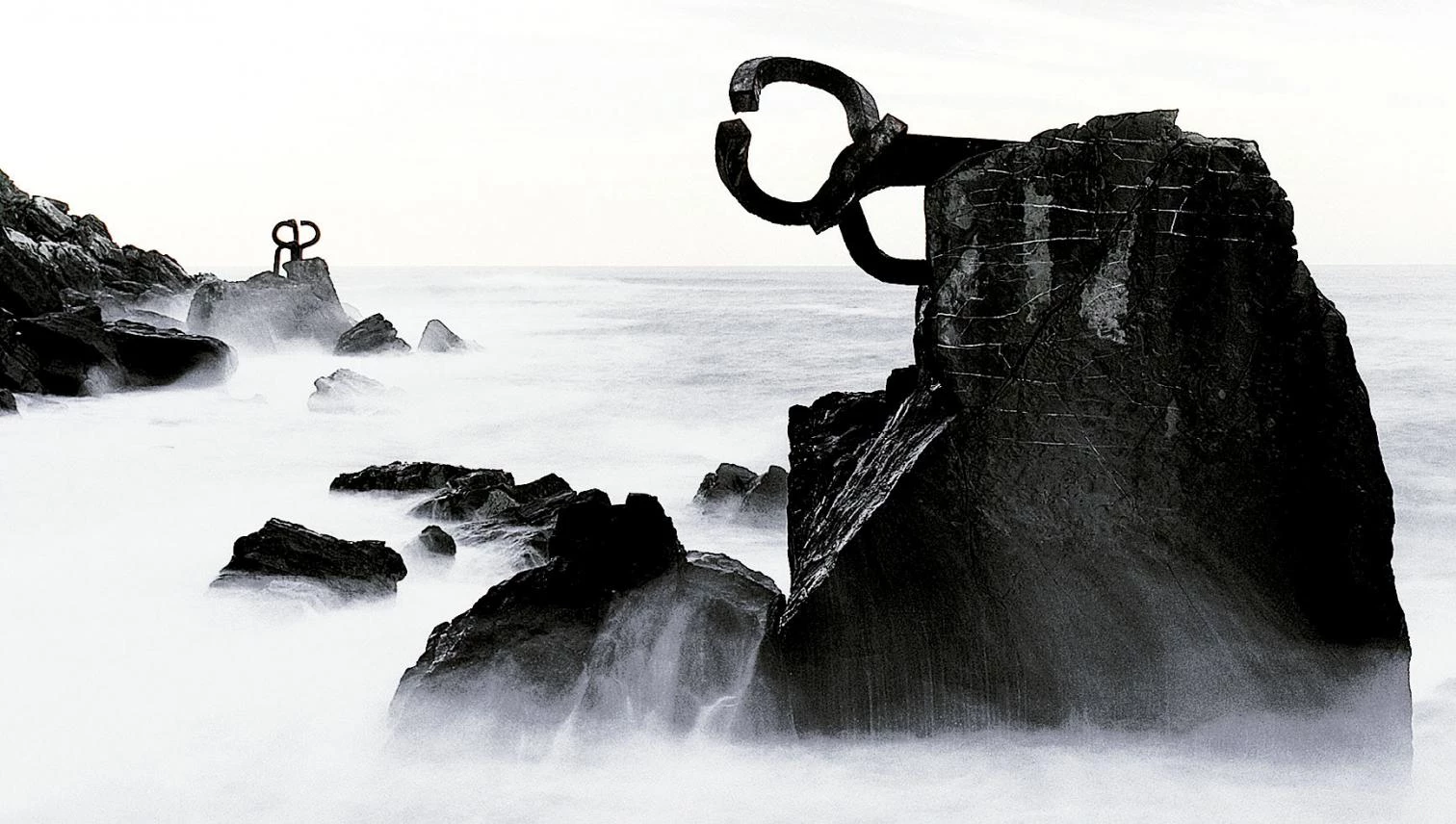
All soul's day calls for a memory exercise, because the dead live on only for as long as we keep talking to them. This year, the first after the catastrophe of 9-11, has reaped its usual harvest of completed and truncated biographies, brought a sheaf of life journeys to a thunderous or silent close, and interrupted the world itinerary of figures who have altered the course of architecture through art or institutions. Few lives are closed as appropriately as that of PierreVago, founder of the UIA, who died at 92 leaving a biography glazed with events; and few terminate as sadly as that of Yorgos Simeoforidis, a regular presence at the Europan awards, whose heart stopped at 46 during one of his frequent travels. Also, few careers are as deservedly and abundantly celebrated as that of Pedro Casariego, who passed away days before the opening of an exhibition on his work; few as deplorably ignored as that of José Luis García Fernández, who has disappeared leaving behind an impressive body of research in the traditional Spanish city. Finally, few figures as influential in the institutional promotion of culture as J. Carter Brown, who transformed contemporary museums and presided the Pritzker Prize jury until his untimely death; and few as determinant in the exploration of matter and space as the sculptor Eduardo Chillida, who with thought and hand built the essential architectures summed up at his Zabalaga museum, a testament in the landscape that he was fortunately able to complete.
The stripped portico of the Slovenian cemetery of Novo Mesto, by Ales Vodopivec, pays homage to the one Plecnik raised in the graveyard of Zale, in Ljubljana, and sets grief on the stage of nature with the vertical echo of trees.
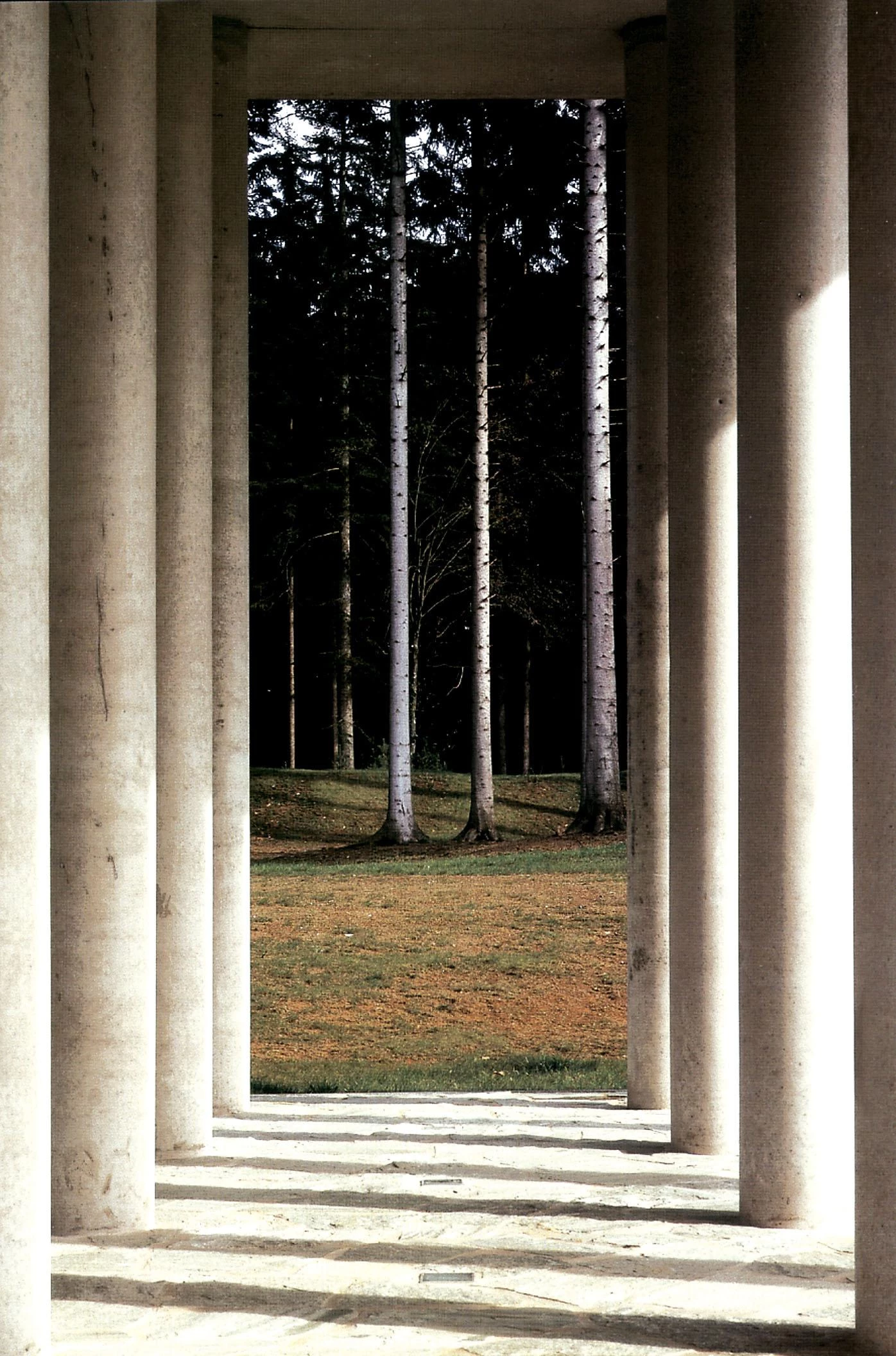
Cosmopolitan, energetic, and a polyglot, Pierre Vago lived his childhood in his native Budapest and his adolescence in Rome, establishing in France after studying architecture in Paris, where he was successively a student of Auguste Perret, editor-in-chief of L'Architecture d'Aujourd'hui, a member of the Resistance, founder in 1948 of the International Union of Architects, and a singular builder of churches with ribbed concrete structures. He entitled his autobiography An Intense Life, and when I met him in 1988 he still had the affable energy and curiosity of the politician and intellectual who placed many of his talents at the service of the public dimension and social commitment of architecture. As Françoise Choay, who was with us in that Seville event, he was passionate about passion, and this is perhaps the best epitaph for him.
Also a critic, a journalist, and a globetrotter, the Greek architect Yorgos Simeoforidis studied in Florence, Philadelphia, and London to become a European nomad, an organizer of competitions and sporadic editor in Athens, a teacher in Vienna, Barcelona, Delft, or Milan, and an active promoter of the Europan awards for young architects in the continent. Every now and then we met in the crossroads of this European space that he had turned into his plural residence, sharing many sessions in the Berlage Institute when it was still based in Aldo van Eyck’s Amsterdam orphanage. Yorgos had recently replaced Ignasi de Solá-Morales as lecturer in the Swiss school of Mendrisio, and it was in this place where he was to die; like his predecessor, of a heart attack, and far from home.
An honorary architect, the sculptor Eduardo Chillida leaves behind a poetics of space expressed by works such as the Peine del Viento in San Sebastian (cover), a dialogue between art and landscape before the sea.
I have admired the work of Pedro Casariego ever since the day, long ago, that Alejandro de la Sota took us to visit the Centro building, probably the best of the innumerable projects he and his partner Genaro Alas carried out in Madrid. We students were already acquainted with the transparent icon of the Monky factory, and the modern rigor of that demanding professional office was in the future to serve us as a severe reference. Pedro nevertheless had a soft temper, and in his subsequent passage through the classrooms of Madrid’s architecture school he left a mark of amiable elegance. An indecisive teacher, he never impressed me more than in the days following the tragic death of his son, an abyss of pain he fought to transmute into a serene farewell. Now comes his own, after a productive life that kept him active til the very end.
I always thought that the merits of José Luis Gar-cía Fernández would one day be recognized, but when I learned of his death several weeks after it happened I understood that it was an unfounded hope. An exceptional draftsman and a workaholic, he inventoried Spain’s urban heritage through a great amount of fieldwork that he crystallized in graphic documents of extreme beauty and precision, and which made him a singular scholar of popular architecture and the urban history of the Iberian Peninsula. In the mid-eighties I edited his monumental La plaza en la ciudad, and the frequent contact of that period revealed for me the oceanic dimension of his compulsive explorations, many of which have remained unpublished and would now definitely deserve the support of an institition more interested in true content than media din.
Aristocratic and populist, J. Carter Brown will be most remembered as the director of the National Gallery of Art in Washington who with I.M. Pei’s extension and a series of great monographic exhibitions turned the museum into a reference of sig-ature architecture and mass tourism. But his close ties to the elites of power and money and his prestige as ‘unofficial U.S. secretary of culture’also en-abled him to make the Pritzker Prize the world’s most coveted architectural award. I met him through Carlos Jiménez in the last awarding ceremony he was able to attend, and over dinner he briefed me on Washington’s urban planning and the controversial monument he was then promoting for the Mall to commemorate World War II, “the greatest epic of human history.” His leukemia was at an ad-vanced stage but his conversation, full of projects, had not a trace of melancholy.
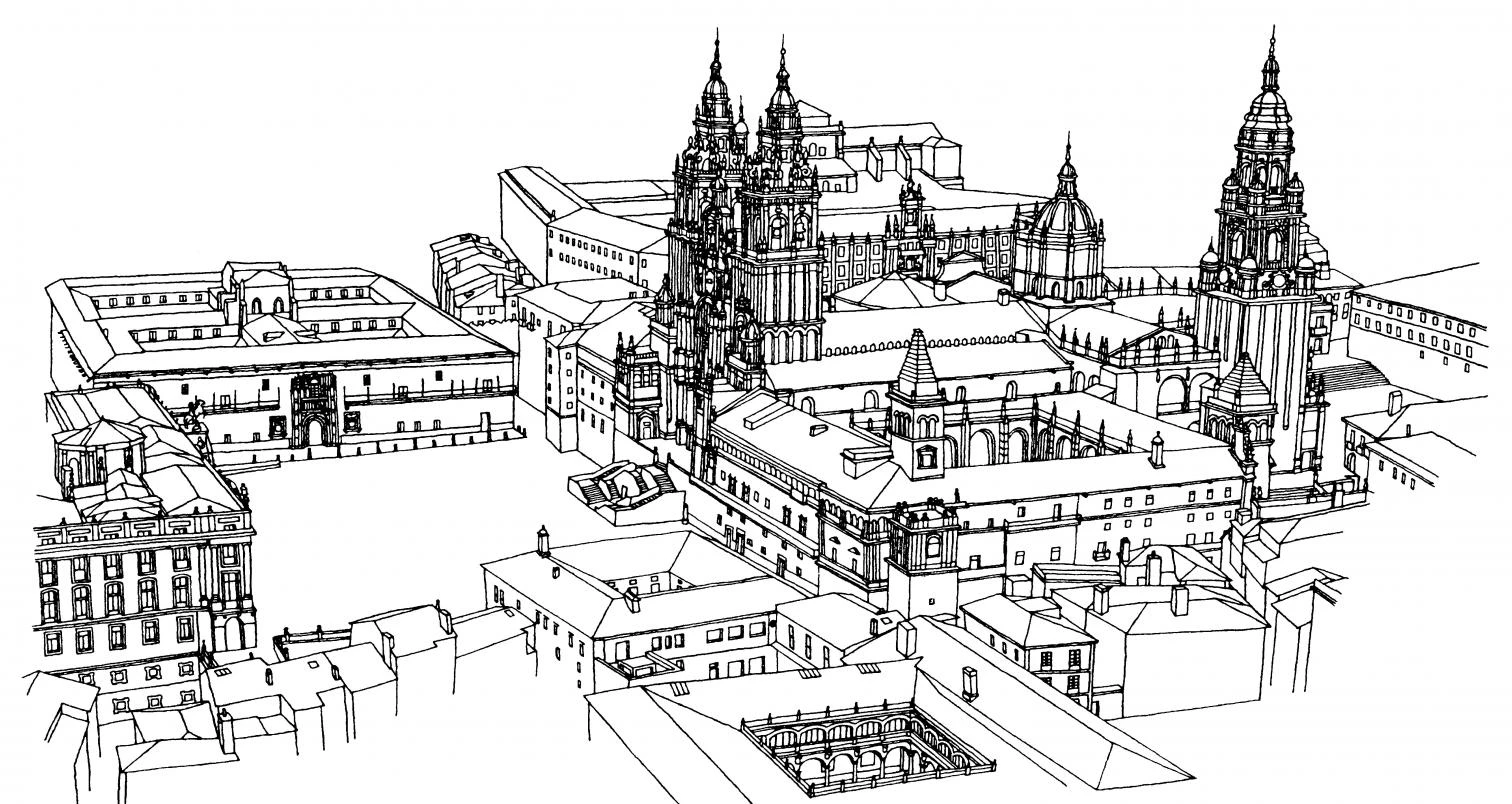
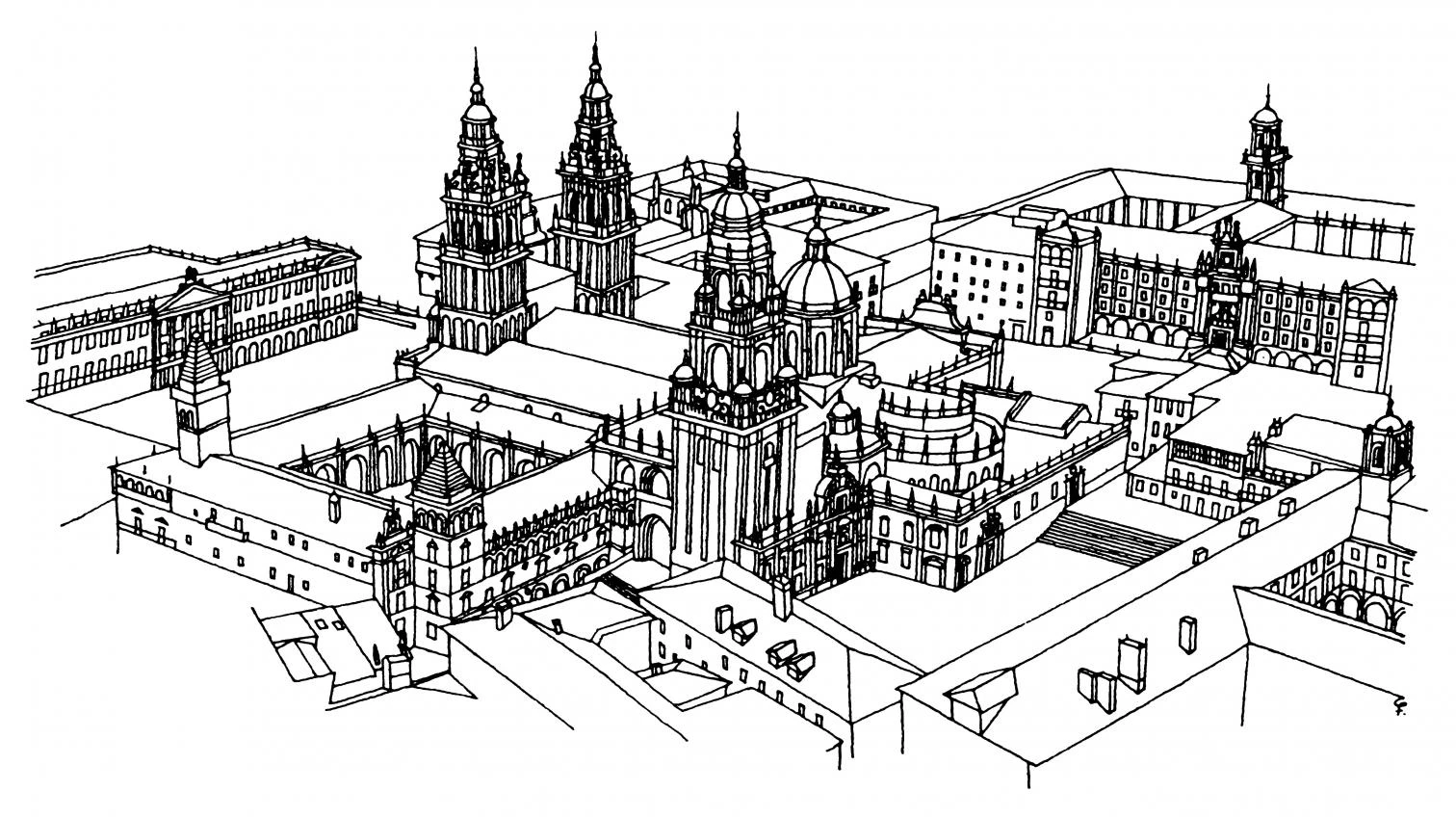
García Fernández carried out an inventory of Spanish urban heritage in crisp, precise drawings (above); and Casariego reflected modern rigor in constructions such as the transparent icon of the Monky factory (below).

More an architect than most of us, Eduardo Chillida was able to complete his home-museum in Hernani before intellectual and biological death put an end to his career, a journey so consistent that the end links up with the beginning, making it possible to fill up the gaps of the story as if his whole life-work were a simultaneous event. There are those who think that the validity of artists is limited to the moment of the forging of a language, but the prodigious perfection of Chillida’s gaze and the seeming effortlessness with which he came up with impeccable proportions and balance make one believe in timeless beauty. I had the privilege of meeting him through his friend, the San Sebastian architect Luis Peña Ganchegui, and the sculptor generously opened the gates of a Chillida-Leku under construction to a group of students who listened in veneration to his metaphysical and lyrical explanations about the materiality of space; it is no wonder that architects have felt his loss as their own.
In the kaleidoscope formed by these six biographies we perceive the blurred fleetingness of footprints in time, and the vague criteria behind the hierarchies of recognition. While on the front page of The New York Times, Carter Brown’s death went unnoticed in Spain; and the Spaniards’ clamorous homage to Chillida contrasted with the silence of journals like The Economist, which two weeks later, however, dedicated its obituary page to the bull-fighting entrepreneur Manolo Chopera. In the final analysis, the best survival is that based on affection in memory, that vanished time which Proust taught us to look for in flavors and places, and which hits us from a distance with the intensity of loss. My own father passed away in May and it has taken me months to become aware of his absence, just as I imagine it will take us time to accept the death of so many friends, linked as they are, in our memory, to spaces that were instants; and just as I see him on the last afternoon of his life, I see Pierre Vago at the gate of San Leandro, Yorgos Simeoforidis in the labyrinth of the orphanage, Pedro Casariego among the drafting tables of the School of Architecture, José Luis García Fernández leaning over his cluttered desk, J. Carter Brown in front of Jefferson’s neo-classical Monticello, and Eduardo Chillida measuring the house and paths of Zabalaga with his arms and eyes. As Proust in search of lost time, remembering a particular image is but missing a particular instant, “et les maisons, les routes, les avenues, sont fugitives, hélas! Comme les années”.

